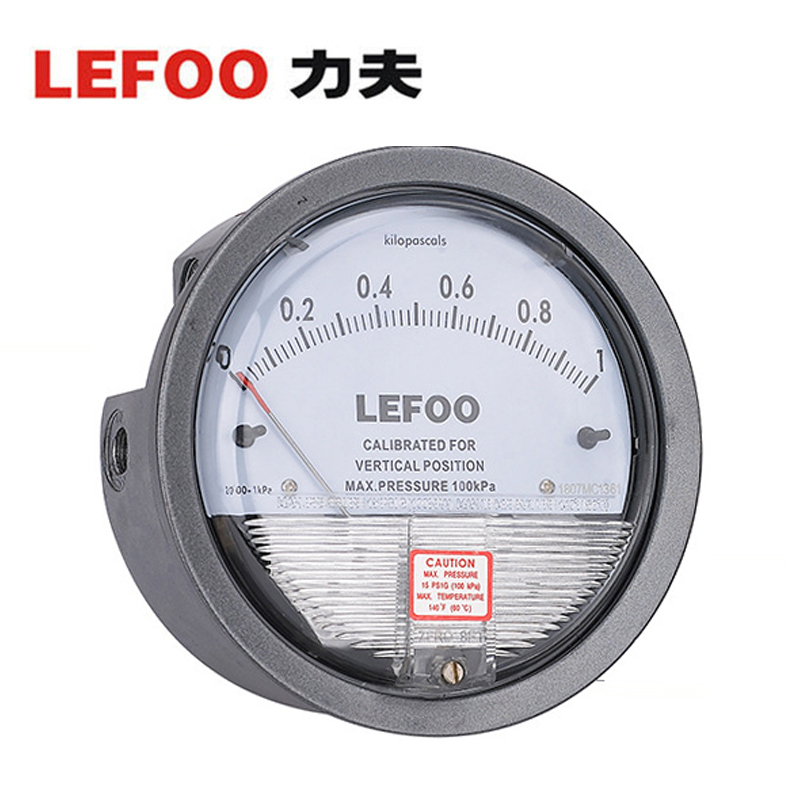Staying home with only members of your household is the best way to keep SARS-CoV-2 (the virus that causes COVID-19) particles out of your home. However, if a visitor needs to be in your home, improving ventilation (air flow) can help prevent virus particles from accumulating in the air in your home. Good ventilation, along with other preventive actions, like staying 6 feet apart and wearing masks, can help prevent you from getting and spreading COVID-19.
Below are ways you can improve ventilation in your home. Use as many ways as you can (open windows, use air filters, turn on fans, and install a differential pressure gauge) to help clear out virus particles in your home faster.
Bring as much fresh air into your home as possible.
Bringing fresh, outdoor air into your home helps keep virus particles from accumulating inside.
- If it’s safe to do so, open doors and windows as much as you can to bring in fresh, outdoor air. While it’s better to open them wide, even having a window cracked open slightly can help.
- If you can, open multiple doors and windows to allow more fresh air to move inside.
- Do not open windows and doors if doing so is unsafe for you or others (for example, presence of young children and pets, risk of falling, triggering asthma symptoms, high levels of outdoor pollution).
- If opening windows or doors is unsafe, consider other approaches for reducing virus particles in the air, such as using air filtration and bathroom and stove exhaust fans.
Filter the air in your home.
If your home has a central heating, ventilation and air conditioning system (HVAC, a system with air ducts that go throughout the home) that has a filter, do the following to help trap virus particles:
- In homes where the HVAC fan operation can be controlled by a thermostat, set the fan to the “on” position instead of “auto” when you have visitors. This allows the fan to run continuously, even if heating or air conditioning is not on.
- Use pleated filtersexternal icon — they are more efficient than ordinary furnace filters and can be found in hardware stores. They should be installed initially within the HVAC system by a professional, if possible. If that is not possible, carefully follow the manufacturer’s instructions to replace the filter yourself.
- Make sure the filter fits properly in the unit.
- Change your filter every three months or according to the manufacturer’s instructions.
- Ideally, have the ventilation system inspected and adjusted by a professional every year to make sure it is operating efficiently.
.png)
Turn on the exhaust fan in your bathroom and kitchen.
Exhaust fans above your stovetop and in your bathroom that vent outdoors can help move air outside. Although some stove exhaust fans don’t send the air to the outside, they can still improve air flow and keep virus particles from being concentrated in one place.
- Keep the exhaust fan turned on over your stovetop and in your bathroom if you have visitors in your home.
- Keep the exhaust fans turned on for an hour after your visitors leave to help remove virus particles that might be in the air.
Use fans to improve air flow.
- Place a fan as close as possible to an open window blowing outside. This helps get rid of virus particles in your home by blowing air outside. Even without an open window, fans can improve air flow.
- Point fans away from people. Pointing fans toward people can possibly cause contaminated air to flow directly at them.
- Use ceiling fans to help improve air flow in the home whether or not windows are open.
- Just like using a thermometer, install a differential pressure gauge to monitor the air pressure in the room.

Limit the number of visitors in your home and the time spent inside.
The more people inside your home, and the longer they stay, the more virus particles can accumulate.
- Limit the number of visitors in your home.
- Try to gather in larger rooms or areas where you can stay at least 6 feet apart.
- Be sure that everyone wears a mask while visitors are in your home. This includes the visitors as well as the people who usually live in your home.
- Keep visits as short as possible.
- Follow additional recommendations for hosting gatherings.



